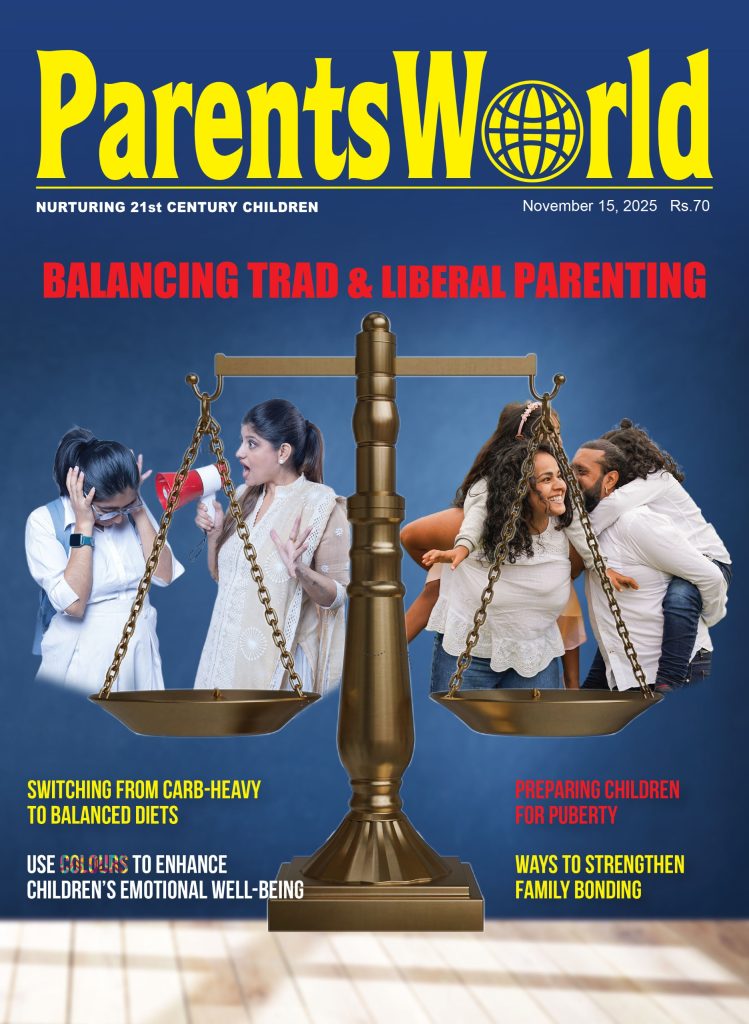Sensitivity towards seven sister states

In May Prof. James Tooley and I were at a conference in Rome organised by the University of Notre Dame, the well-known American Catholic university in association with the Pontifical Academy of Social Sciences of the Vatican. One of the main speakers at this conference was Fr. Jose Paul, secretary of the Agartala (Tripura)-based Holy Cross Educational Foundation (estb.1952) which runs 15 schools and colleges with an aggregate enrolment of 20,100 students mentored by 858 teachers, in North-east India. In his address, Fr. Paul movingly and straight-forwardly highlighted the economic neglect of the seven sister states of North-east India, viz, Assam, Meghalaya, Nagaland, Tripura, Sikkim, Manipur and Arunachal Pradesh. In recent years, the economic neglect of these out-of-sight-out-of-mind states with an aggregate population of 45 million has been exacerbated by insecurities about religious persecution and ethnic discrimination.
In three of these states, the majority of the population is Christian. In Nagaland, 87.9 percent of the population is Christian, in Mizoram 87.2 percent and Meghalaya 74.6 percent. In two other states, a substantial minority of the population is Christian; in Manipur over two-fifths (41.3 percent) while in Arunachal Pradesh nearly one-third (30.3 percent) follows the tenets and practices of (mainly Protestant) Christianity. These percentages are much higher than those states of India which are popularly perceived as being strongly Christian such as Kerala and Tamil Nadu.
Christianisation — in part through provision of free-of-charge or subsidised K-12 education by various Protestant sects — was encouraged by the British, to the extent that the entire budget for schooling was handed over to the church in the area which is latter day Meghalaya with similar arrangements made in the Lushai Hills, now Mizoram. Strong missionary societies led by evangelical clergymen-educationists were active in the North-east in pre-independence India. However, it’s pertinent to note that conversions to Christianity accelerated after independence, prompting unfounded suspicions that the Church has inspired sub-nationalism and insurgency movements in the North-east.
There are other unique challenges confronting the seven sister states. The region boasts over 220 languages, with an equal number of ethnic communities which has splintered the population. Although many of these ethnic groups are part of larger communities, they don’t easily fit within state borders, and territorial claims and counter-claims have led to clashes inter se and with the Centre. With insurgency and secessionist movements mushrooming in the region, way back in 1958 the Union government enacted the Armed Forces (Special Powers) Act, which is highly unpopular throughout the region, because it’s perceived to be “soft on insurgents, but very hard on the public”.
Although some people believe the Act has been successful in moving the people in the north-east to become “loyal to mother India”, low investment in industry, high unemployment and lack of upward mobility have forced a large number of youth into drug abuse and substance addiction. According to authoritative sources, around a third of youth in some states of the North-east are using banned substances such as heroin, opium and cannabis. As a result of this combination of socio-economic problems, education has suffered.
The Annual Status of Education Report (ASER) 2017 says that in Nagaland, only 30.4 percent of adolescents in the 14-18 age group can successfully do simple division sums as against the national average of 43.1 percent. Calculations involving time can be managed by 37.7 percent, of adolescents, compared to the national average of 50 percent. Worse, only 19.6 percent of children of this age group in the North-east can do basic discount arithmetic, compared to the national average of 37.7 percent, and a mere 3 percent can manage repayment calculations (cf. 16 percent nationally). While reading and comprehension skills are better, clearly more needs to be done in terms of designing balanced curriculums for young people in the North-east by Church and state.
In addition to all these problems, new fears of religious persecution loom over the neglected citizens of the seven North-east sister states. The hindutva agenda of the BJP — the ruling party at the Centre and 22 states across the country (including Tripura) — has prompted apprehension that the religion, culture and even culinary preferences of the Christian communities of this corner of India are under threat.
Politicians of all ideological persuasions as well as school textbooks need to pay greater attention to the troubled states of North-east India and to the trials and tribulations of our fellow citizens in this forgotten corner of the country. Our people in these states need to be reassured that their customs, culture, religions and contribution to national development are acknowledged and appreciated. In this overdue mission, teachers and educators have an important role to play.
(Ekta Sodha is the Jamnagar (Gujarat)-based CEO of the Cadmus Sodha Group of schools)














Add comment